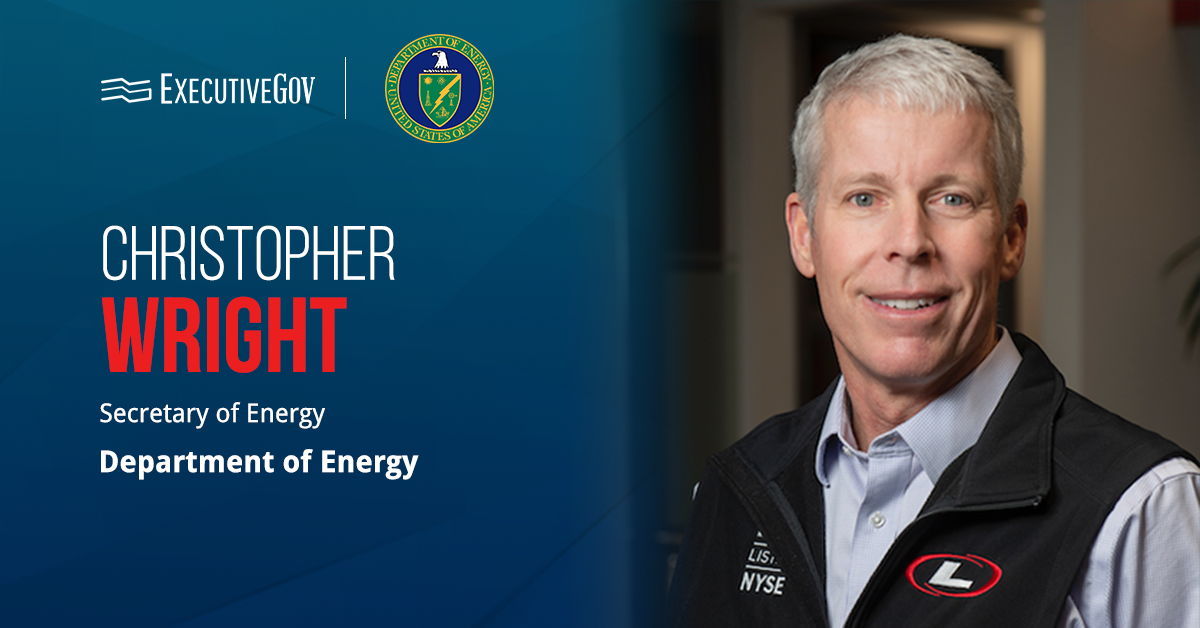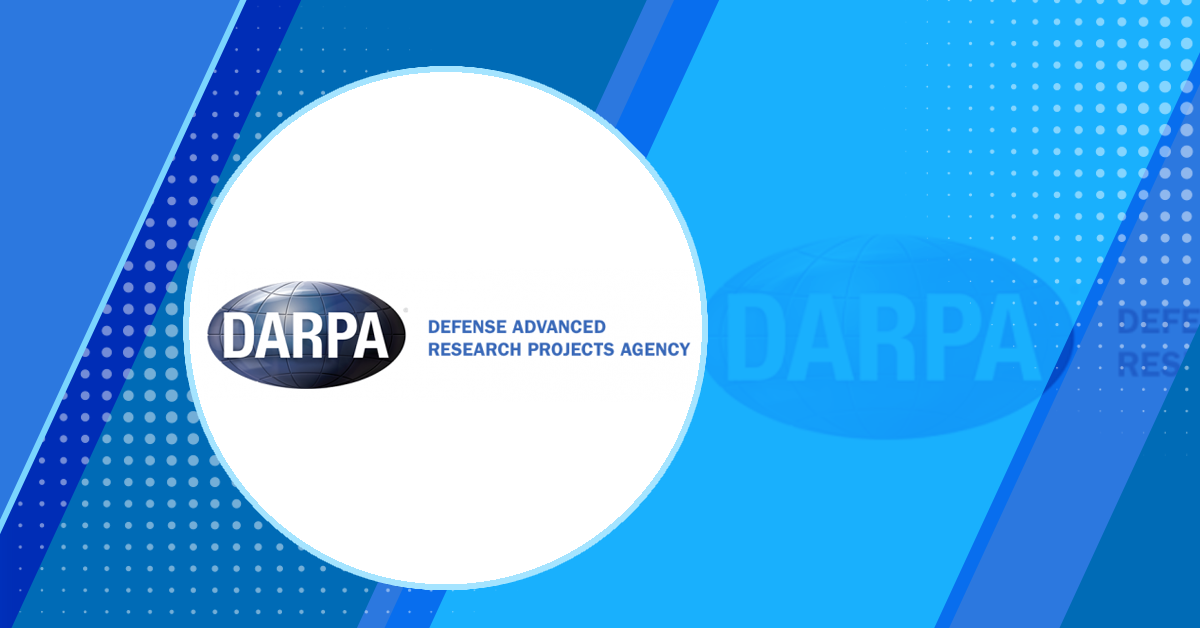Christopher Wright, a fracking executive, received Senate confirmation on Monday as secretary of the Department of Energy in a 59-38 vote.
Reuters reported that Wright will be responsible for DOE’s budget of approximately $50 billion and 17 national laboratories involved in supercomputing and research fusion energy, among other areas.
During his nomination hearing, he said his top priority is to expand the domestic production of liquefied natural gas and nuclear energy. He also believes in the potential of geothermal power to provide the country with emissions-free energy.
According to the report, Wright is expected to play a key role in a new national energy dominance council.
Christopher Wright’s Career Background
The newly confirmed DOE secretary most recently served as CEO, chairman and founder of Liberty Energy.
Wright served on the boards of several companies, including small modular reactor developer Oklo and global mining royalties company EMX Royalty.
In 1992, the oil industry leader and MIT graduate founded shale gas producer Pinnacle Technologies, where he also served as chief executive.












